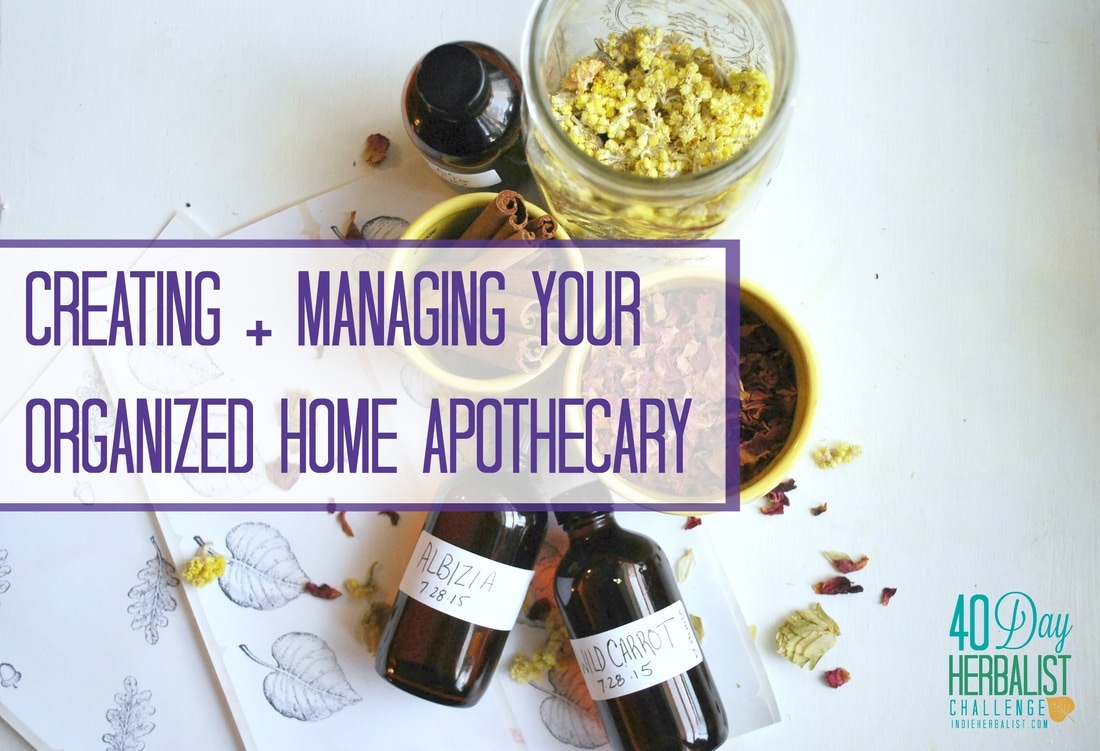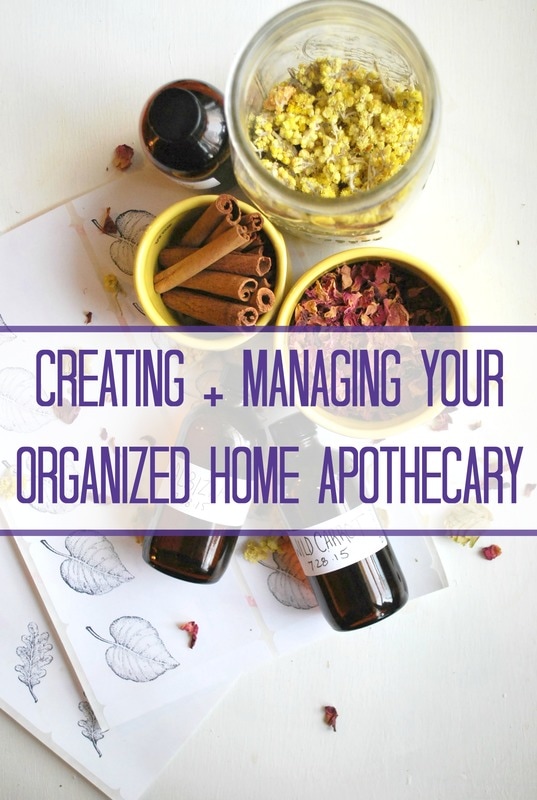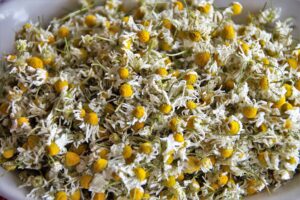Links contained in this post and elsewhere on my website may include affiliate links. When you make a purchase through these links, I earn a commission at no additional cost to you. I only link to products and services that I love - and that I think you will love, too!
Now that you have a few herbs on the way, it’s time to think about getting and staying organized. If you already have herbal supplies around the house, I hope some of my tips and tricks will help you, too!
Time Needed: 20 minutes + a little time to brainstorm
Tools: Pen/pencils, notebook
My very best suggestion is: remember that you don’t have to do everything at once. It’s easy to get excited about all the possibilities and order dozens of herbs for your first order. Instead, consider ordering based on one or two recipes or formulas you want to try, or from a list of 5-10 single herbs that you are interested in working with as simples.
Dedicate Space
Giving yourself a dedicated storage area so you can find things without searching high and low is one of the best things you can do to stay organized. Especially when you are first starting out, it doesn’t need to be a big space.
Keeping a basket or tote with your herbal supplies is also a good idea, so that you can pack up any ingredients you need to take to the kitchen when inspiration strikes.
Here are a few ideas for stashing your herbal supplies that can be adapted for every budget:
- a cabinet in your kitchen
- a bookshelf with a curtain to keep out the light
- an antique trunk or hope chest
- free-standing hutch, cabinet, or wardrobe
- baskets or decorative storage boxes on a shelf in a closet
- a large plastic tote (opaque, unless you keep it in the closet)
- under-the-bed storage containers
- a nightstand or chest of drawers
- a hanging organizer in a closet
- an upcycled picnic basket from the thrift shop
- ottomans or benches with built in storage
A quick note on using antique trunks and hope chests, though – sometimes these old treasure chests were made from cedarwood to help deter moths. Cedarwood smells heavenly but it doesn’t make the best vessel for your herbal projects because you don’t want all of your herbs to pick up the fragrance.
Another important thing to consider is what containers you will use for your individual herbs. You can leave you herbs in the packaging they came in for a short time, but airtight jars will help prolong shelf life, especially once your herbs have been opened. Glass canning jars are easy to find and fit neatly on most shelves, but food safe plastic containers are lightweight and are another good choice. Like canning jars, plastic containers are available at most grocery stores or you can order your herbal storage jars online. Clear plastic shoe boxes make good storage containers for empty bottles, salve tins, and the like.
Keeping Track
Once you’ve claimed your home apothecary space, you will need to develop a system for easily assessing what you have on hand. Labeling everything is very important here, and there are a few lists or note keeping practices that you might find helpful.
Inventory List
Jot down a list of the herbs you have so you can see at a glance whether you have ingredients for a recipe you want to try. Keeping your order invoices stored with your herbs is also an option – just mark through items you’ve used up and need to reorder. Keeping the invoices can also help you track when your herbs were purchased and help you remember to use them up or make extracts with them before they go stale.
Planners and Notes
Using a day planner, calendar, or a dedicated notebook is a simple trick that works wonders for me. I always label my projects with the date it was started and then re-date when it’s ready for use, but keeping track of multiple projects on a calendar is very helpful. I’m a big fan of bullet journaling and list journaling, so I’ve started keeping pages in my regular planner to track my projects, but still keep a pocket dayplanner stored with my herbs. If you like using a digital planner, reminders in your phone or email calendar can be helpful. Three ring binders are another flexible option.
Label Everything!
My everyday labels are nothing fancy. I often use printer labels because they are inexpensive and are easy to wash off when it’s time to clean bottles and jars, but do remember that they disintegrate easily when wet. Stamps, stickers, and colored markers can make your labels fancy. I’ve also seen people use paint pens to write on lids or jars directly because the paint can be scrubbed off when you are ready to clean and reuse the jar. Do make sure your paint pens are nontoxic, just in case they flake off around your projects, and consider covering your writing with clear packing tape for an added measure of protection.
Keep a Recipe Box
A kitchen recipe box is a simple way to organize herbal recipes and even herbal formulas that you want to make again at some point. I often see them at thrift stores (which is where I found mine) and you can buy fancy recipe cards or use index cards – whichever you prefer. You can potentially file your herbal recipes by type (syrups, teas, or extracts), by herb, or by body system.
These are a few ideas that have worked for me, but you will eventually develop your own system that helps you stay organized and able to find things when you need them – and let your creative side explore working with herbs to your heart’s content.
Your Mission
For today’s mission, decide how you would like to keep track of your herbs and projects. Did you like the idea of using reminders in your email calendar, or would you prefer a small day planner? No matter what time of year, office supply stores usually have a variety of day planners, pocket calendars, and three ring binders, so consider exploring your local shop to see what they have in stock.
Do you have a dedicated space for your supplies? Also consider where you can store your herbal goodies, or evaluate your current setup. Is there anything about your current organizational system that has been bothering your? Take a few minutes to brainstorm what you can do to iron out the wrinkles and get your storage area to work for you without a hiccup.
If you’d like to, share your favorite tips for storing your herbs and keeping track of projects and supplies in the comments below!
Agatha
More Fun!
|
Agatha is the author of the popular new herbal recipe book, Adaptogens: Your Guide to Radiant Health!
|



